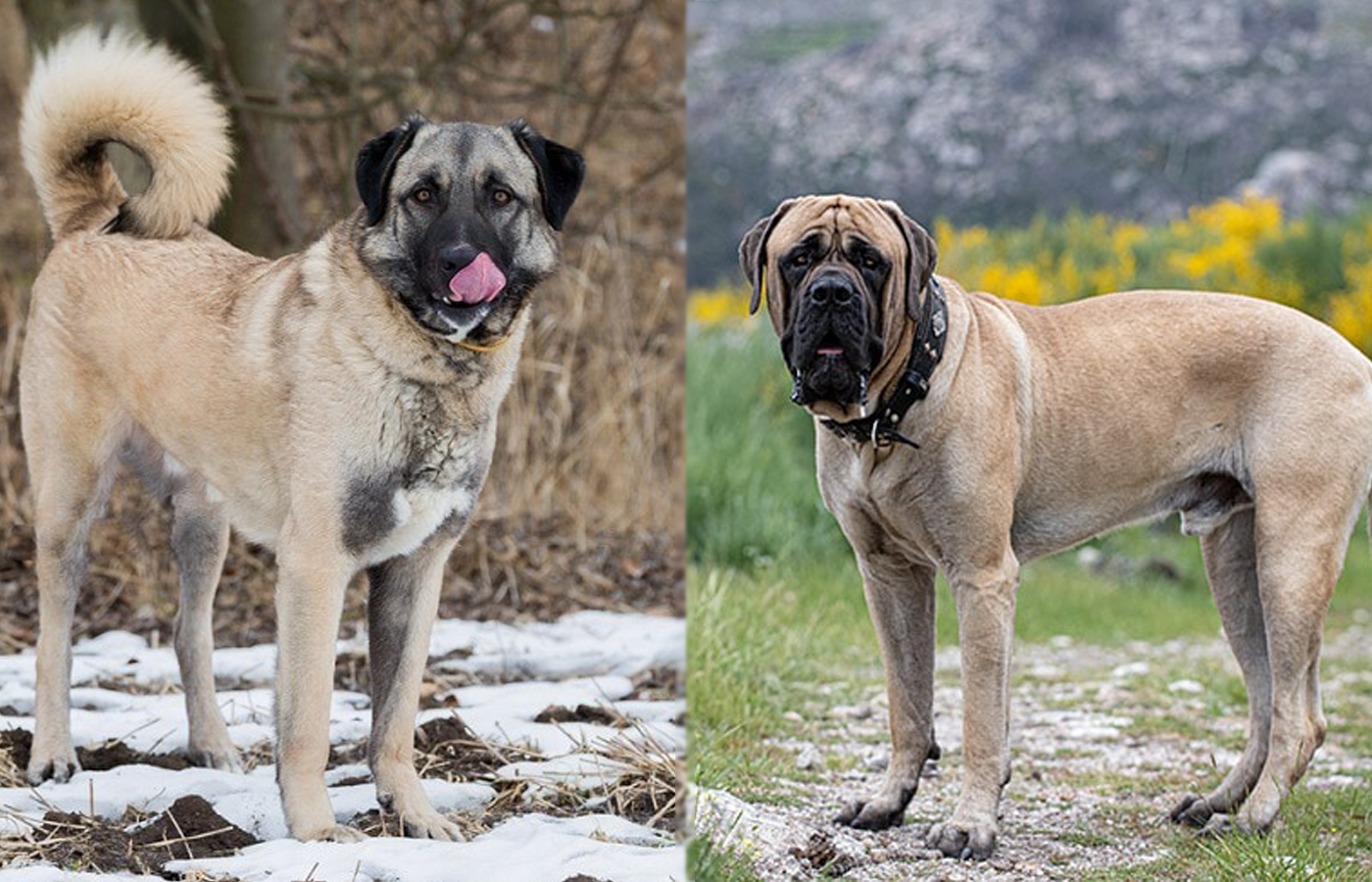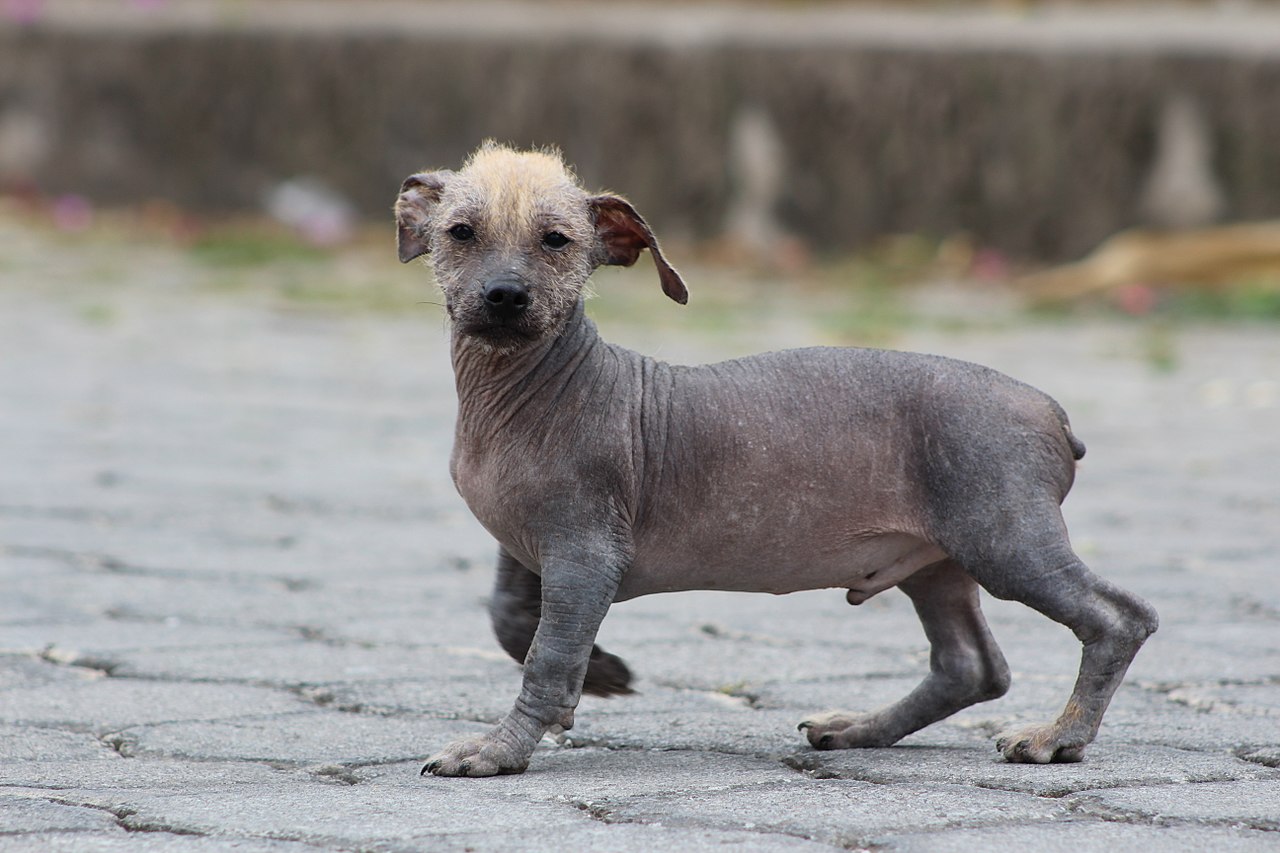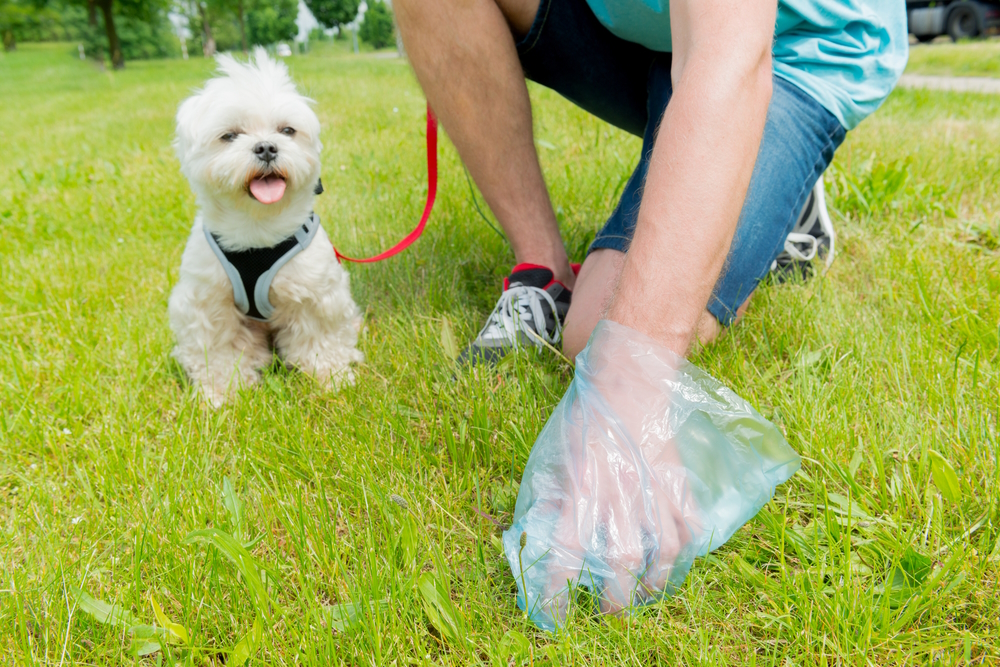Dogs are amazing animals, and the various breeds can be incredibly diverse. One of a dog’s attributes that many people are interested in is their bite force, which is measured in pounds per square inch (PSI). Some breeds have amazing skills in this area.
If you are interested in finding out the bite force of your pet or are looking to acquire a dog with a strong bite, keep reading as we list several of these breeds and tell you a little about them.
Dog Bite Force Chart
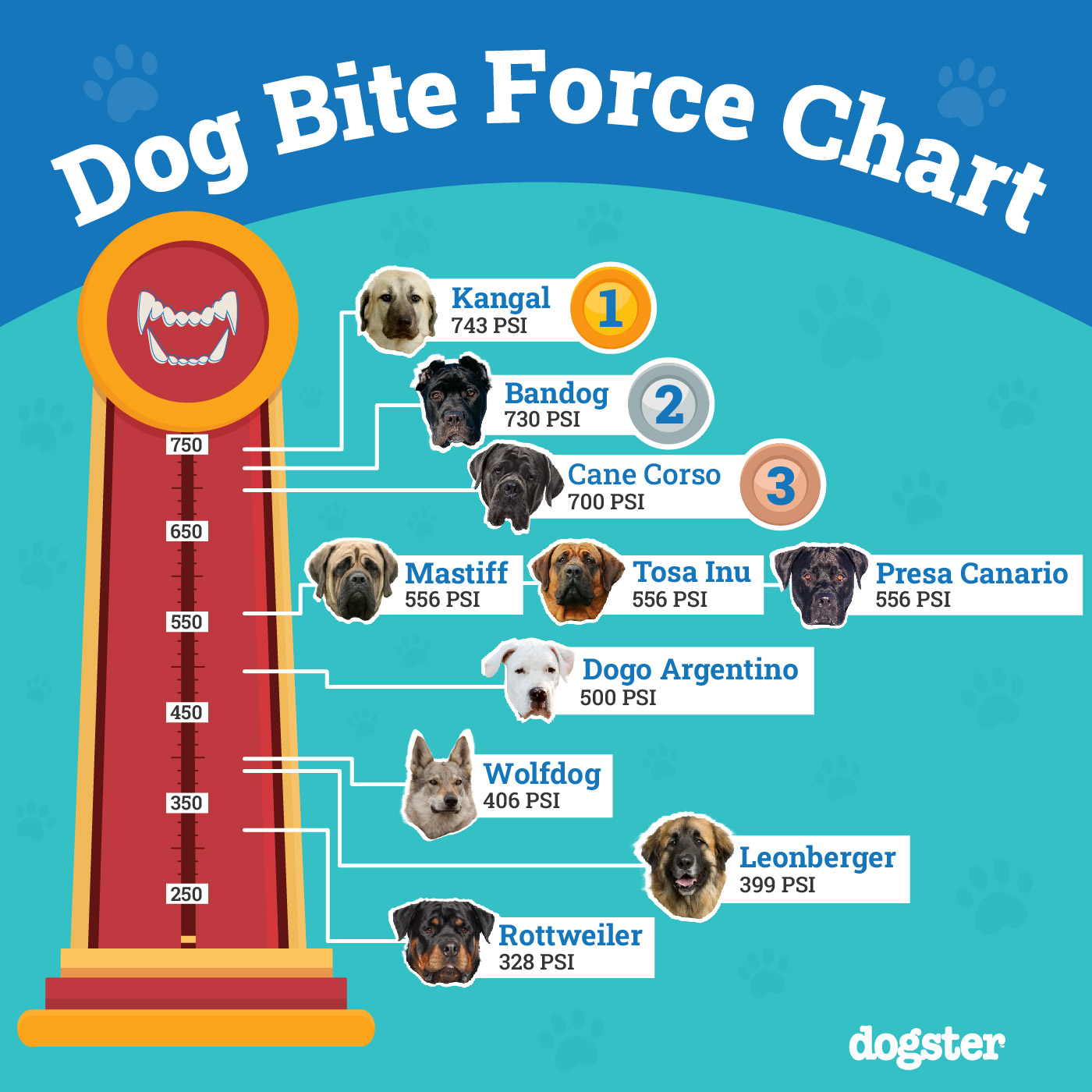
The 21 Dog Breeds with the Strongest Bite Force
1. Kangal
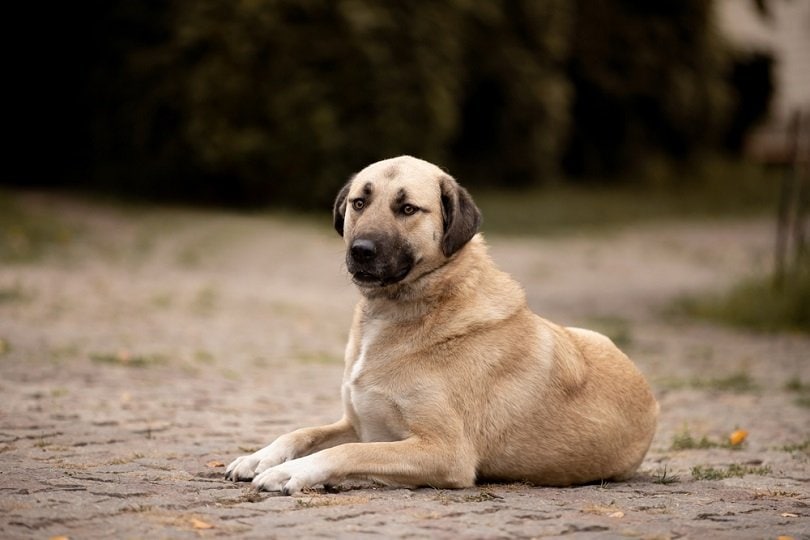
| Bite Force: | 743 PSI |
Originating from Turkey, the Kangal is a breed renowned for their protective instincts and superior bite force. With a PSI measurement of 743, their jaws are remarkably strong. Breeders originally created these dogs to guard livestock against predators, including lions, wolves, and bears.
While they make good pets, they enjoy having a job and can be wary of strangers1 without plenty of early socialization.
2. Bandog
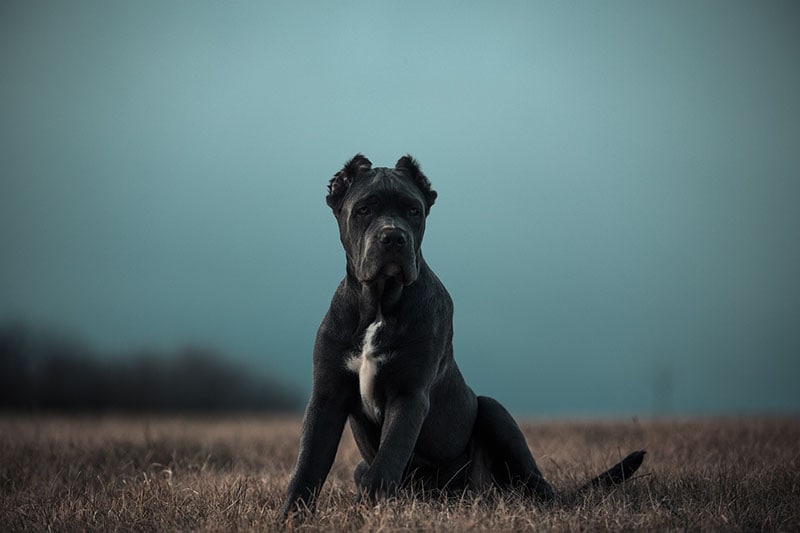
| Bite Force: | 730 PSI |
The Bandog’s full name is Bandog Mastiff, and many people believe that they are primarily a mix of the Bull Terrier and Neapolitan Mastiff, among other large and powerful breeds. Due to the varying genetic backgrounds of Bandogs, their bite force can differ significantly from dog to dog, but some can have a bite force of 730 PSI.
3. Cane Corso
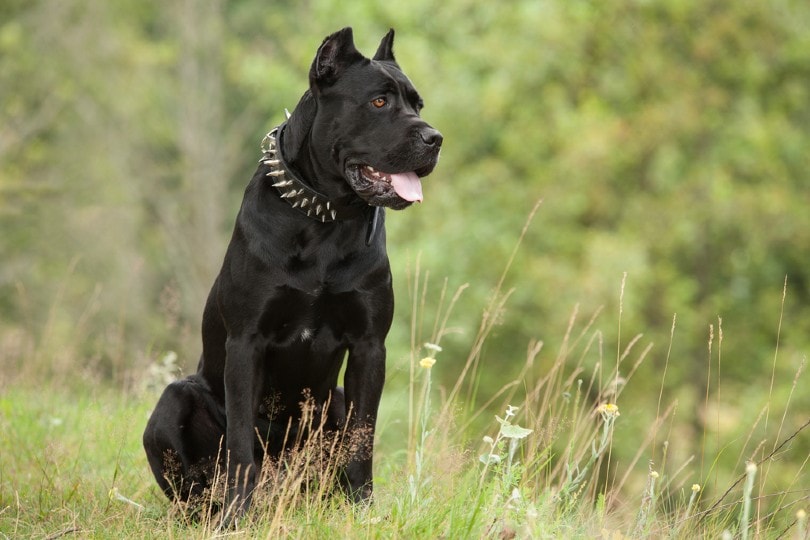
| Bite Force: | 700 PSI |
The Cane Corso is an Italian dog with a powerful bite that can reach 700 PSI. They are strong working dogs, and their name comes from a Latin term that means “guardian” or “protector,” so it’s no wonder that they have such a strong bite force. However, today they are great pets and excel at guarding.
4. Mastiff
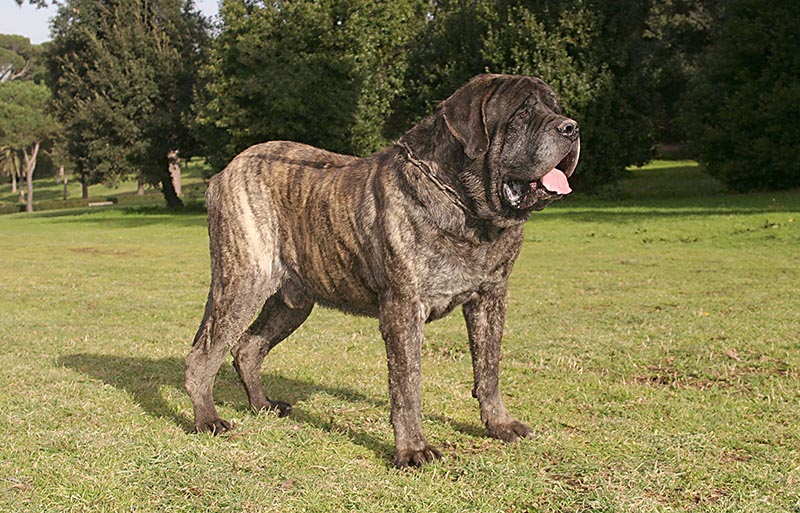
| Bite Force: | 556 PSI |
Mastiffs, including breeds like the English Mastiff, French Mastiff, and Bullmastiff, have a bite force of approximately 556 PSI. These gentle giants were once common guard dogs, and they are still good at that task, but they are now popular pets that enjoy being part of the family and are great with children.
5. Tosa Inu
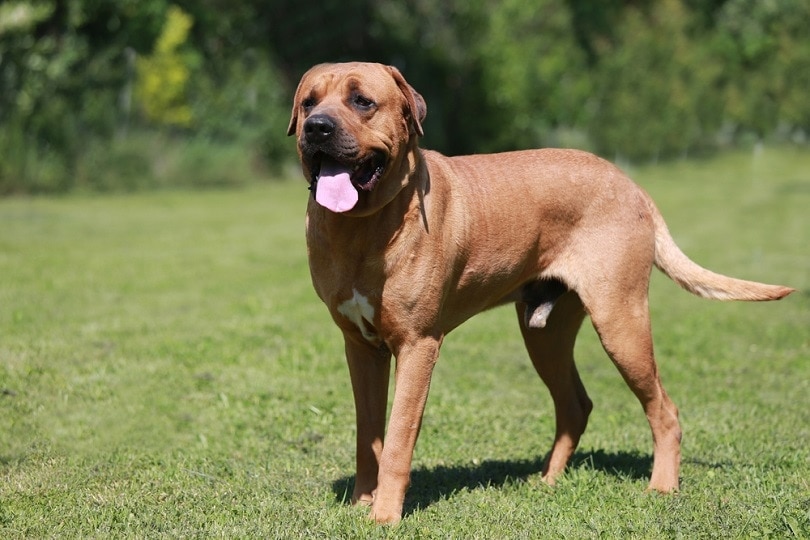
| Bite Force: | 556 PSI |
The Tosa Inu is a Japanese Mastiff, and like other Mastiffs, they have a strong bite force that can reach 556 PSI. They get their name from the region of Japan where breeders first created them for fighting, which is likely why they have such a strong bite. They can make good pets but require an experienced owner who knows how to keep them under control.
6. Presa Canario
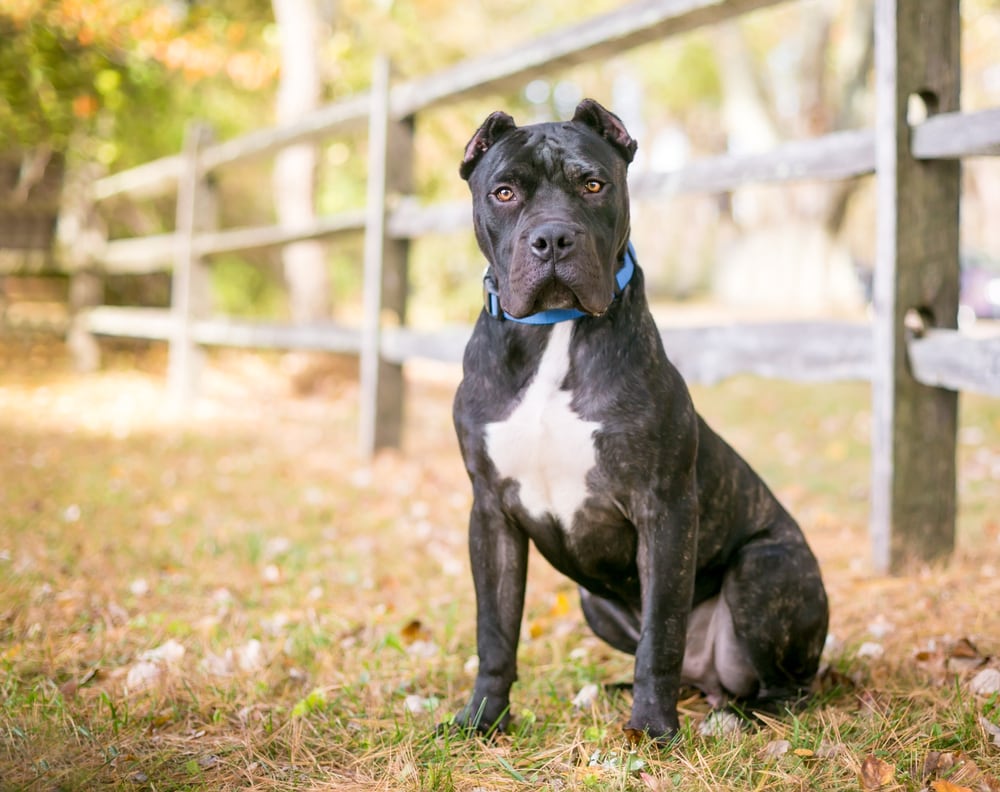
| Bite Force: | 556 PSI |
The Presa Canario is a Spanish Mastiff, and they have a powerful bite that can exceed 500 PSI. They originated in the Canary Islands and have a long history as working dogs. Many people employ them for guarding, herding, and livestock work.
7. Dogo Argentino
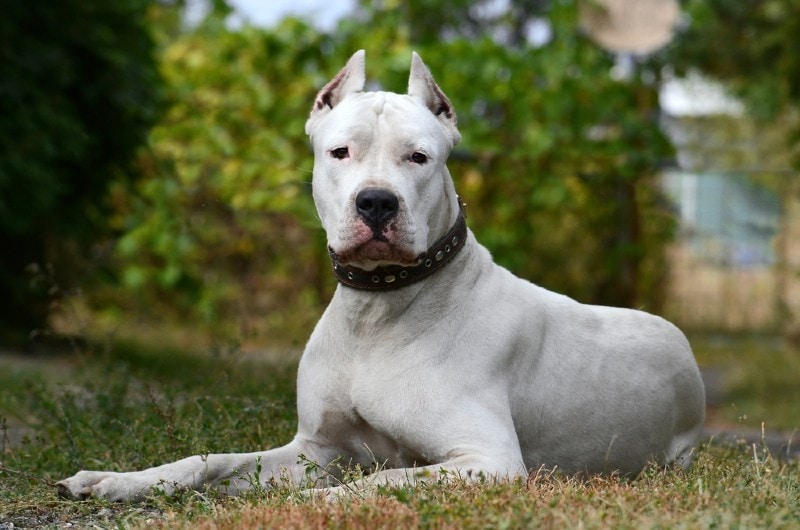
| Bite Force: | 500 PSI |
The Dogo Argentino comes from Argentina, where owners use them for hunting large game like wild boar and puma. They are an athletic breed with a strong bite that often reaches 500 PSI. They make great watchdogs and family pets, with many owners describing them as loyal, affectionate, and protective.
They are also common therapy dogs, and you might even find them in the police force.
8. Wolfdog
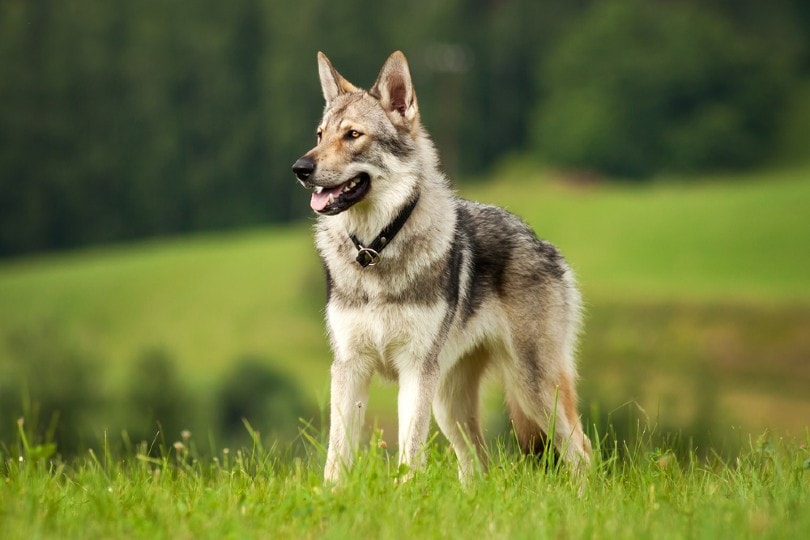
| Bite Force: | 406 PSI |
A Wolfdog is a cross between a wolf and a domestic dog, and they have a powerful bite that can reach 406 PSI. They can make great watchdogs, but keeping them as family pets is not easy due to their wild wolf parentage.
9. Leonberger
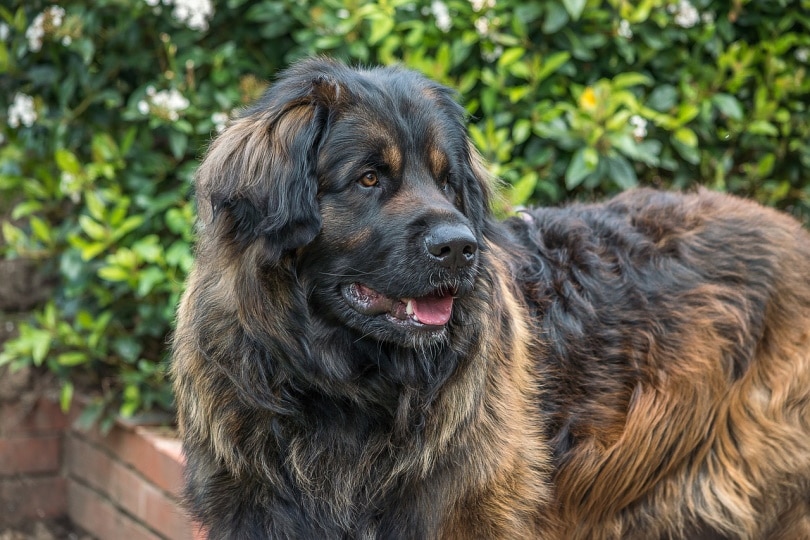
| Bite Force: | 399 PSI |
The Leonberger is a shaggy dog from Germany that many owners call a “Gentle Giant” because they are laidback and friendly. They enjoy the water and have webbed feet, which makes them excellent swimmers and water-rescue animals. Their social and calm personality also makes them a great companion.
10. Rottweiler
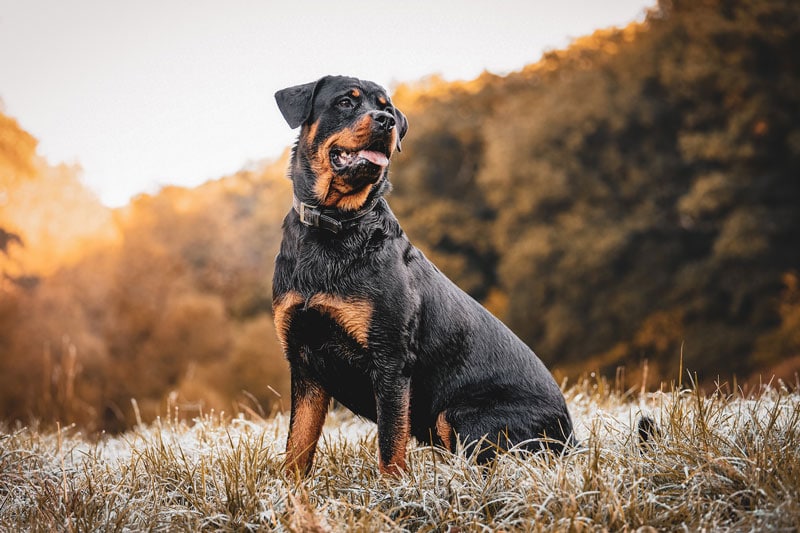
| Bite Force: | 328 PSI |
The Rottweiler is a popular breed in the United States, but they originated in Germany as a herding and guard dog. Today, besides being popular pets, you can find them in the police force, and they are often involved in search-and-rescue missions.
11. American Bulldog
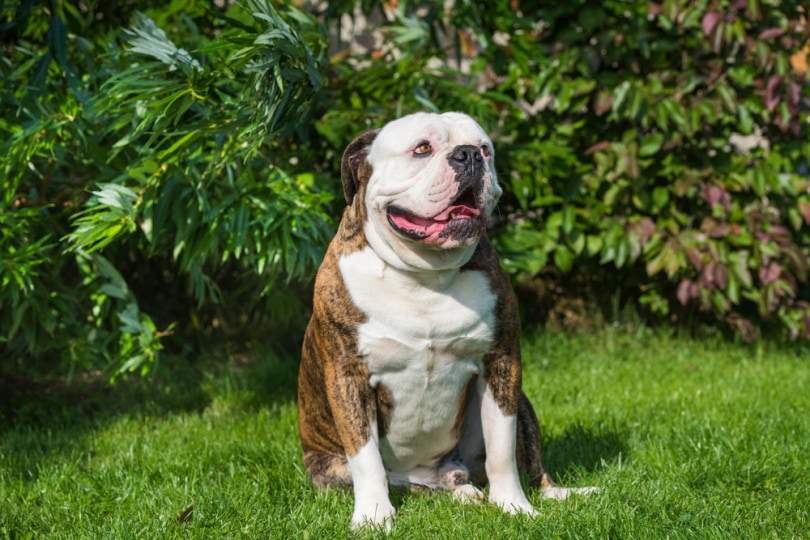
| Bite Force: | 305 PSI |
The American Bulldog is a muscular and powerful dog breed that got their start in the United States. They have a distinctive square-shaped head and sturdy build and are perfect for working on farms, driving livestock, and guarding property.
They have a strong work ethic and plenty of energy but form strong bonds with their family and are known to be affectionate and protective.
12. German Shepherd
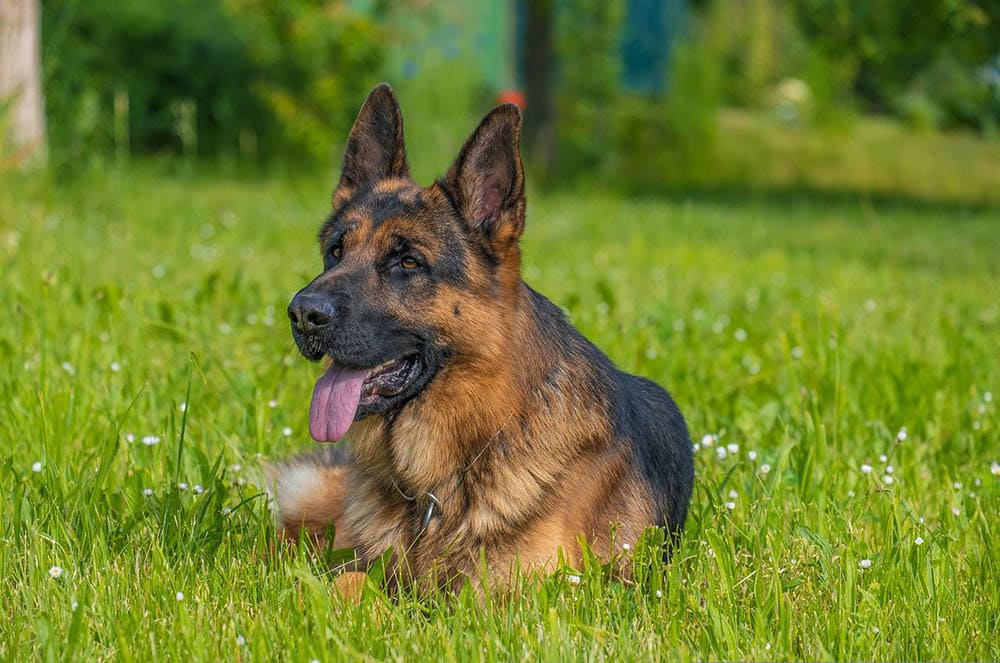
| Bite Force: | 238 PSI |
German Shepherds are highly intelligent and versatile working dogs and possess a bite force of about 238 PSI. Their biting strength, trainability, and agility have made them valuable in various roles, including police and military work, search and rescue, and as service animals.
They also make great pets and are among the most popular breeds in the United States.
13. American Pit Bull Terrier
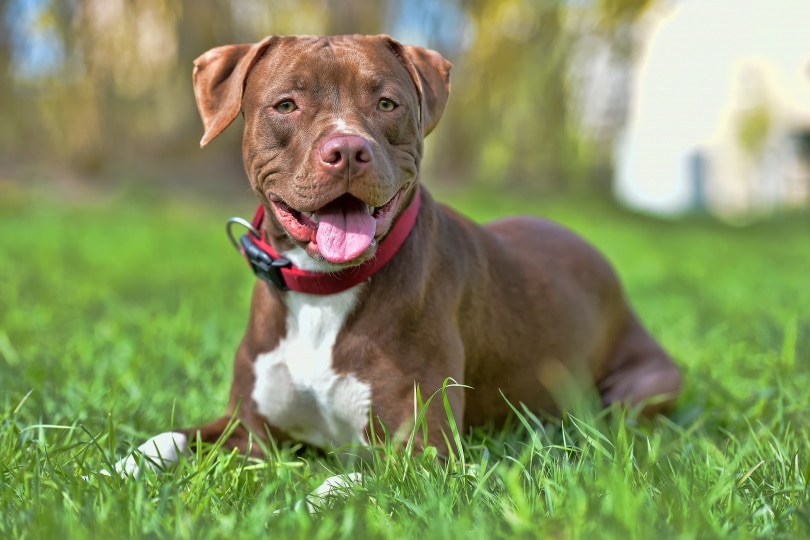
| Bite Force: | 235 PSI |
The American Pit Bull Terrier is muscular and determined, with a bite force measuring around 235 PSI. While they’re still controversial due to their past use in dogfighting before it was banned, well-bred and properly trained Pit Bulls can be affectionate and loyal family pets.
14. Boxer
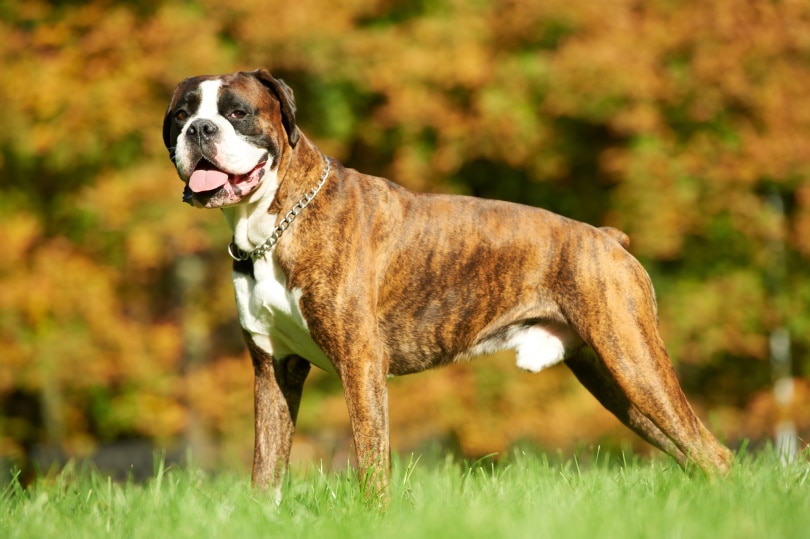
| Bite Force: | 230 PSI |
Boxers have a strong bite that can reach 230 PSI, but they also have a friendly, playful, and outgoing nature. They are known for their boundless energy and enthusiasm, making them great companions for active individuals and families.
They are smaller than many other dogs on this list and lack an aggressive reputation, but they are still formidable protectors.
15. Doberman Pinscher
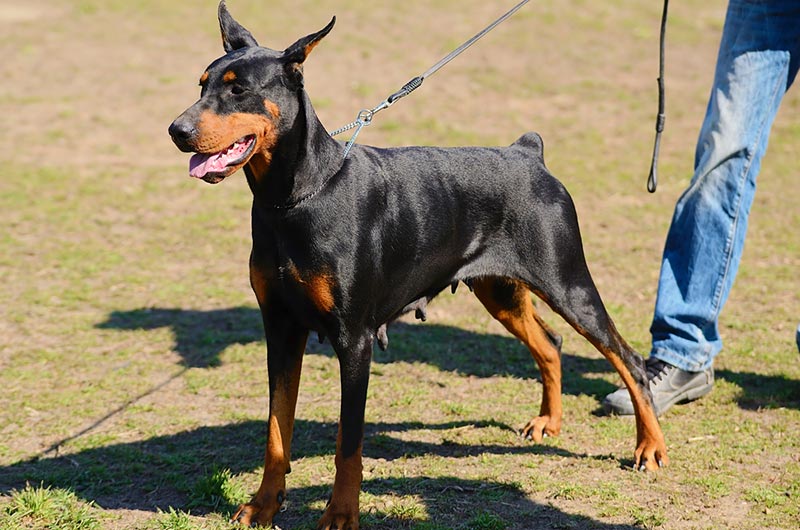
| Bite Force: | 228 PSI |
The Doberman Pinscher has a sleek appearance and protective instincts and possesses a bite force of approximately 228 PSI. Originally bred for personal protection, Dobermans excel in roles like police work, guard duty, and search and rescue.
They are intelligent and excel at learning complex tasks, and many owners describe them as loving and patient with their families.
16. Alano Español
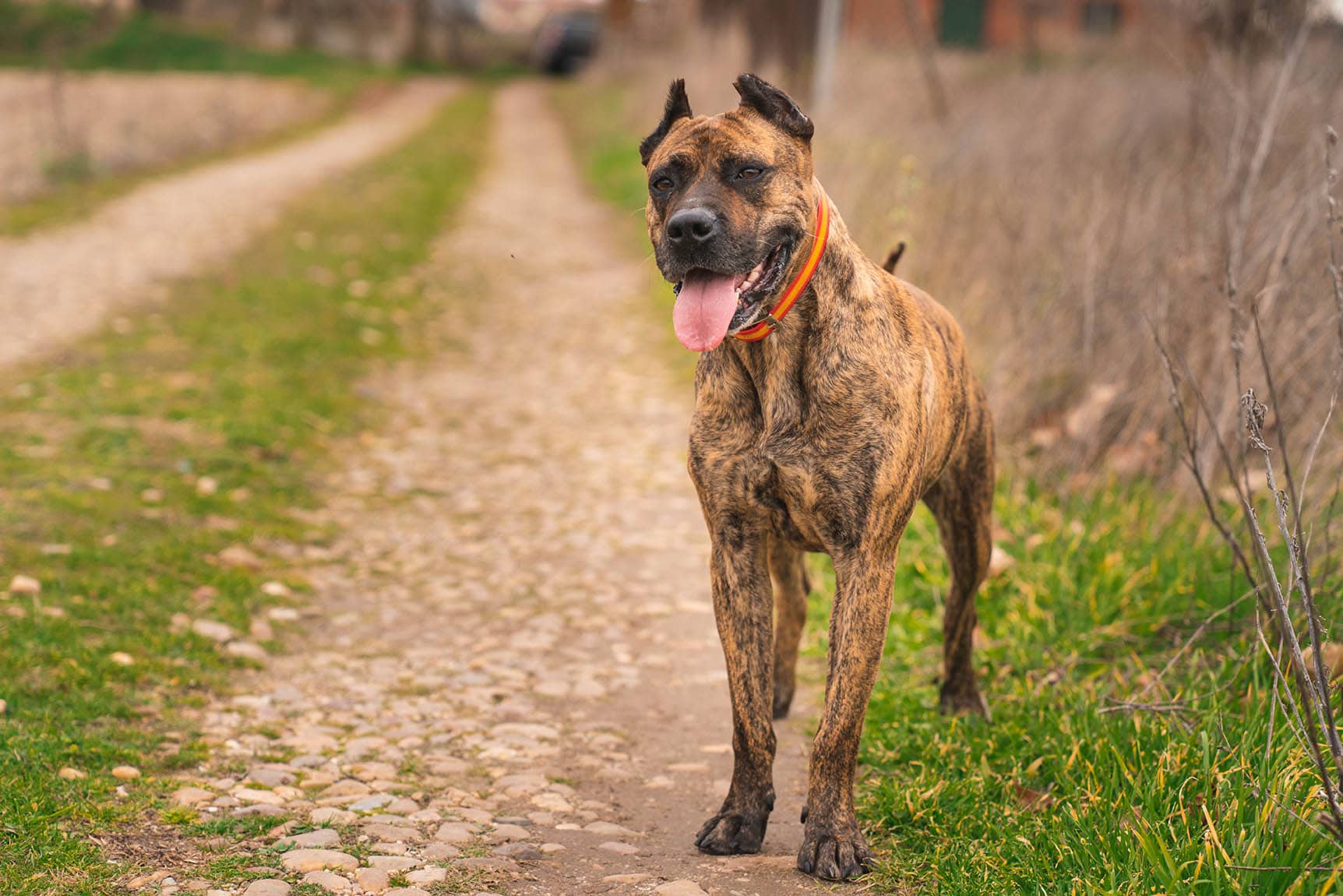
| Bite Force: | 227 PSI |
The Alano Español, or Spanish Bulldog, is a powerful and athletic dog breed from Spain. They have a muscular build, strong bones, and impressive strength to accompany their bite force of 227 PSI. They’re not too common in the United States, but this ancient breed dates back to the 14th century, when breeders developed them for battle.
17. Dutch Shepherd
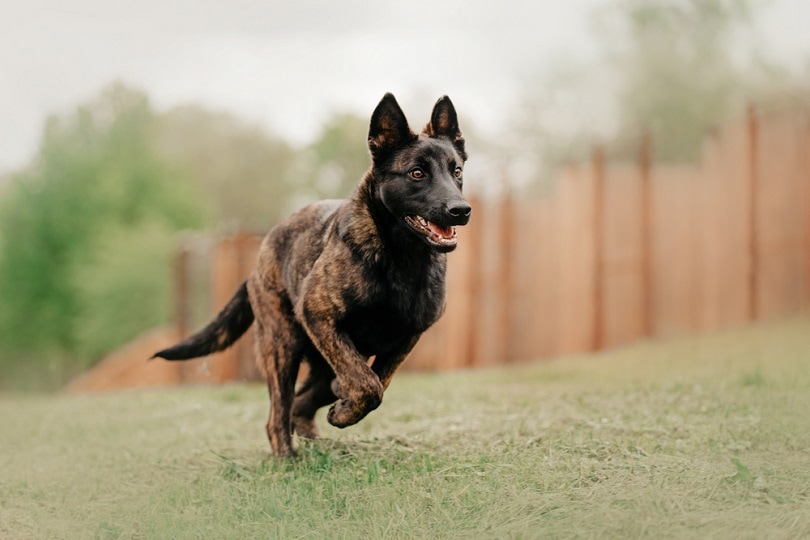
| Bite Force: | 224 PSI |
The Dutch Shepherd is a versatile and intelligent dog breed originating in the Netherlands. They have a well-muscled and proportionate build, displaying a balance of strength and agility. They were originally herding and guard dogs, but today, they make loyal and protective pets.
They are highly intelligent and excel at problem-solving.
18. Chow Chow
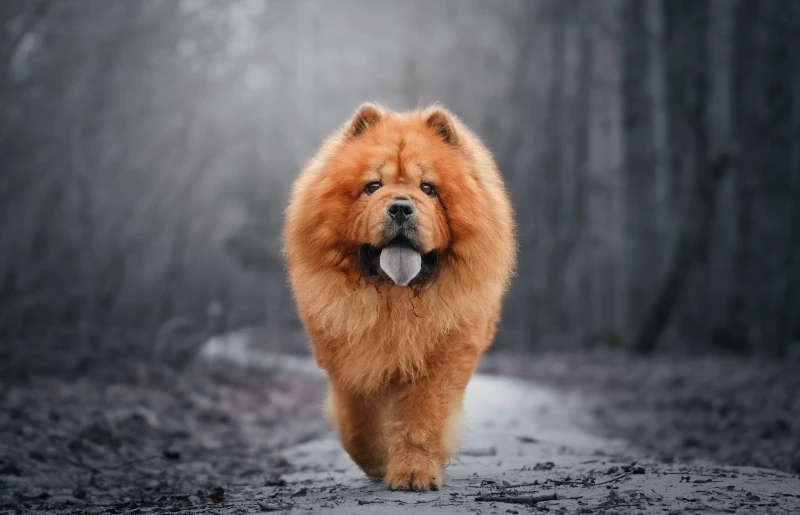
| Bite Force: | 220 PSI |
The Chow Chow is an ancient dog breed from China. They have a unique appearance that includes a lion-like mane, a blue-black tongue, and a dense double coat. They are independent and somewhat reserved but form strong bonds with their owners.
However, they can be wary of strangers, which can be dangerous combined with their powerful bite, so plenty of early socialization is needed.
19. Newfoundland
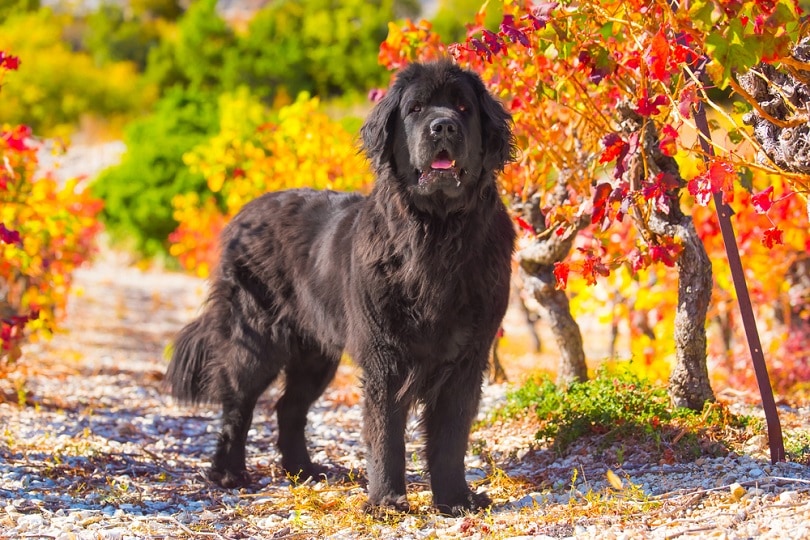
| Bite Force: | 220 PSI |
The Newfoundland is a gentle giant from Canada with a long history of working alongside fishers as water rescue and draft dogs. They are massive in size, with a muscular build and a thick, water-resistant double coat. Despite their gentle and sweet personality, they have a powerful bite that rivals the Chow Chow at 220 PSI.
20. English Bulldog
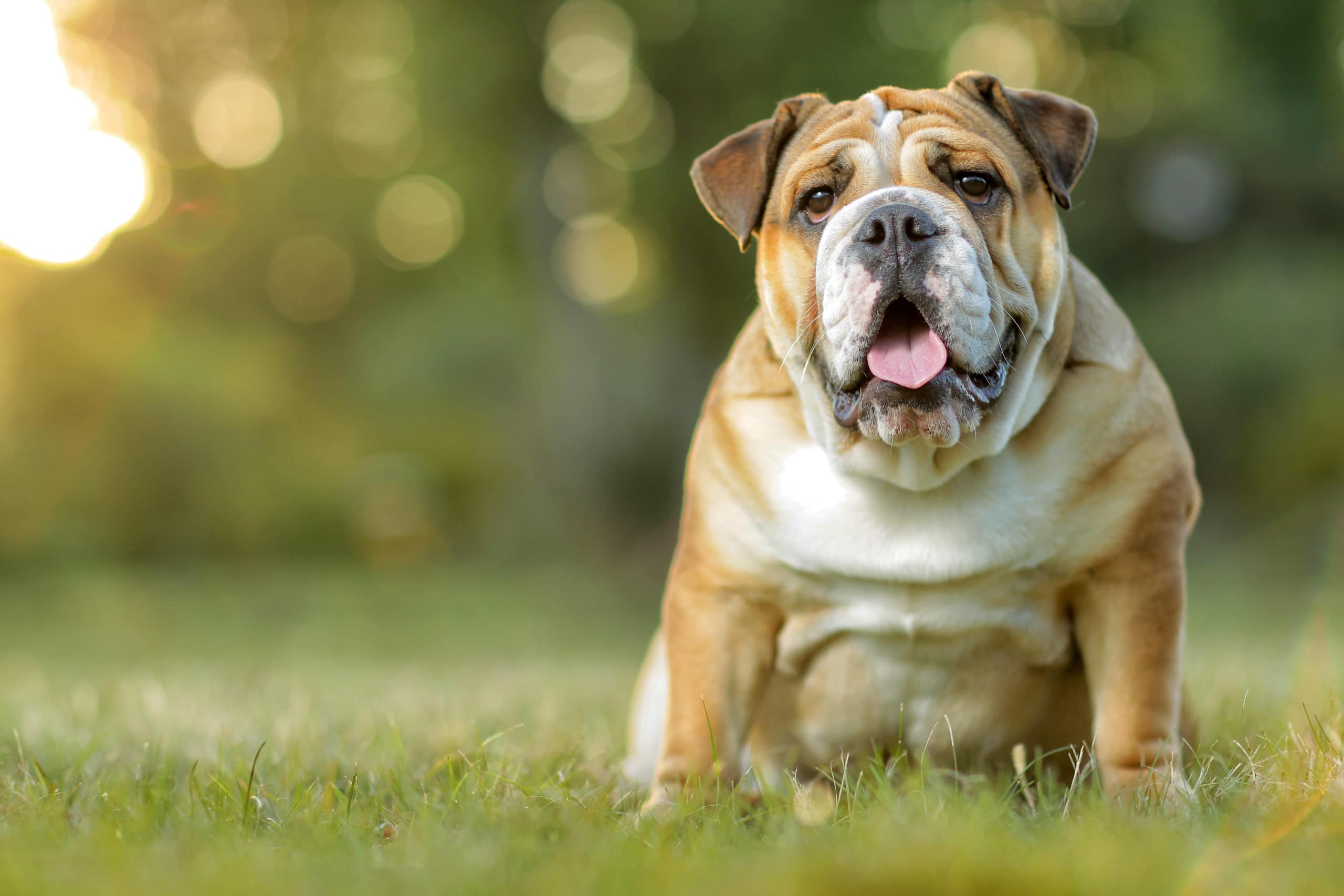
| Bite Force: | 210 PSI |
The English Bulldog is a distinct and iconic dog breed from England that is a popular pet worldwide. They have a distinctive wrinkled face, a pushed-in nose, and a powerful jaw that can produce a bite force of 210 PSI. Owners describe these dogs as affectionate, docile, and good-natured, forming strong bonds with their families.
21. Belgian Malinois
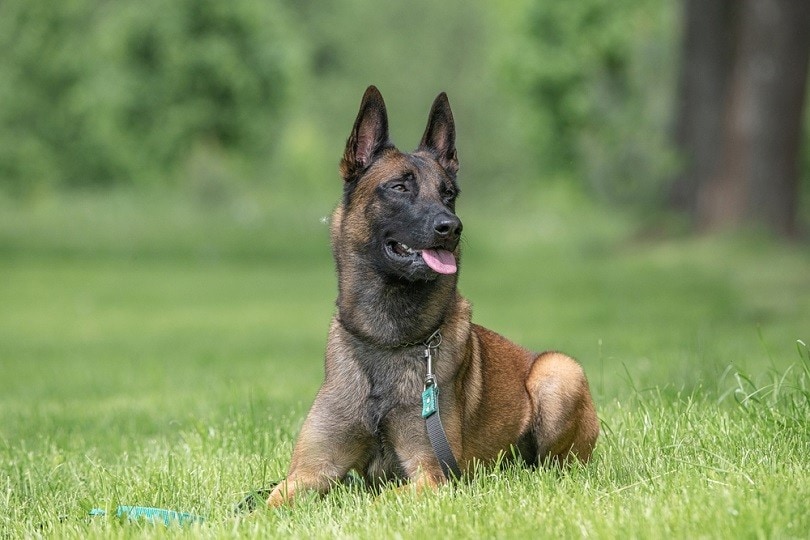
| Bite Force: | 195 PSI |
The Belgian Malinois is a highly intelligent dog breed from Belgium, where they were used for herding. They are also protective dogs and work in various roles, including police and military work, search-and-rescue operations, and as service dogs.
Conclusion
Several dog breeds have incredibly powerful bites, with the Kangal, Bandog, and Cane Corso at the top of the list. However, despite their strong jaws, many of these dogs are gentle giants that make wonderful family pets, especially with proper training and plenty of socialization with people, places, and pets while they are still puppies.
Related Reads:
- How Strong Is a Wolf’s Bite Force? (PSI Measure & How It Compares to a Dog)
- How Strong Is a Chihuahua’s Bite Force? (PSI Measure & Facts)
Featured Image Credit: Winsker, Pixabay
Contents
- Dog Bite Force Chart
- The 21 Dog Breeds with the Strongest Bite Force
- 1. Kangal
- 2. Bandog
- 3. Cane Corso
- 4. Mastiff
- 5. Tosa Inu
- 6. Presa Canario
- 7. Dogo Argentino
- 8. Wolfdog
- 9. Leonberger
- 10. Rottweiler
- 11. American Bulldog
- 12. German Shepherd
- 13. American Pit Bull Terrier
- 14. Boxer
- 15. Doberman Pinscher
- 16. Alano Español
- 17. Dutch Shepherd
- 18. Chow Chow
- 19. Newfoundland
- 20. English Bulldog
- 21. Belgian Malinois
- Conclusion




